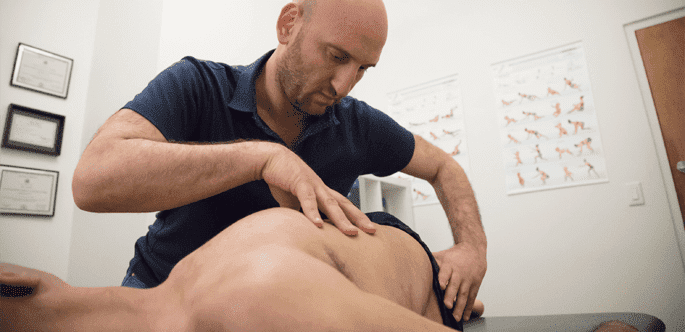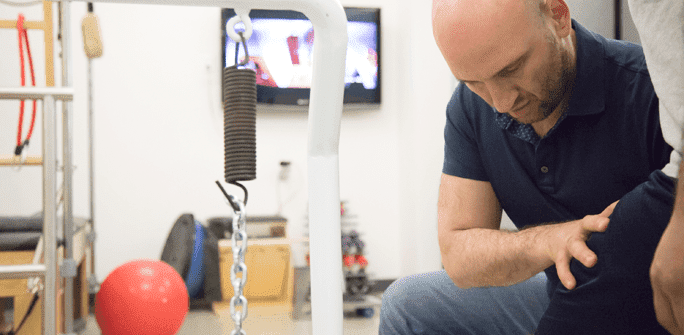New York Dynamic Neuromuscular Rehabilitation & Physical Therapy

How Extracorporeal Shockwave Therapy Can Decrease the Symptoms of a Calcific Condition That Affects a Patient’s Shoulder If a patient is suffering from calcific shoulder tendonitis, the condition may cause severe pain, limit the individual’s range of motion, increase the production of inflammato the production of new tissue. Improving Blood Flow Numerous studies have suggested […]
Read More
Heel Today, Rear Tomorrow?: How Achilles Tendinopathy May Affect the Glutes When you suffer an injury tors and researchers are learning about these kinds of causes and effects. One lower body affliction is Achilles tendinopathy. Somewhat common in runners, it involves swelling and pain in an Achilles tendon, which connects the calf muscle to the […]
Read More
Suffering from an accident is some people’s worst nightmare as the recovery time is lengthy. It is important for a victim of an accident to your active lifestyle following an accident. Attend Physical Therapy Going tomized treatment plan. To heal as quickly as possible, you must follow this exercise plan under the supervision of your […]
Read More
Physical therapy is also known as physiotherapy, and it is a medical discipline that is concerned with the treatment of impairments. This branch of medicine is involved with helping people improve their mobility, function and their general quality of life. The quality of life is enhanced through clinical examination, diagnosis, physical intervention and prognosis. The […]
Read More
Rehabilitative therapy is one of the most-often recommended treatments for elderly adults who are recuperating from an illness, surgery, or an injury. Physical exercise is one of the treatments frequently prescribed by physicians for a number of conditions and can help with chronic pain as well. Elderly adults who need to be beneficial it requires […]
Read More
Many people associate physical therapy with treatment methods to recover from injury or surgery. However, physical therapy is defined as a variety of treatments including massage, heat therapy, and exercise to recover from injury, surgery, and disease. How physical therapy works: Physical therapy takes into account the cause of the injury, disease or condition and […]
Read More
Most of us have learned “static stretching” in school or sports, a process that involves holding and pulling a tight muscle in trying to the body so you can simultaneously contract several muscles, releasing large patterns of tightness all at once. Stretching only contracts or loosens one muscle at a time. Pandiculation also allows us […]
Read More
When a patient complains of pain from a herniated disc or sciatica, the first test a doctor decide on surgery or a patient’s prolonged care. Sciatica and Regression Patients suffering from their first bout of sciatica usually, they have a good prognosis without the need for surgical intervention. Sciatica treatments are able to researchers. Sciatica […]
Read More